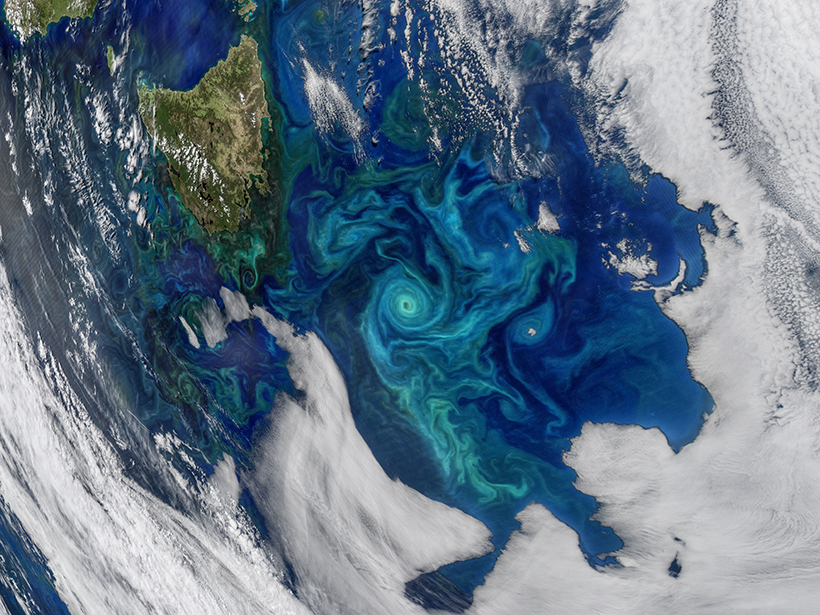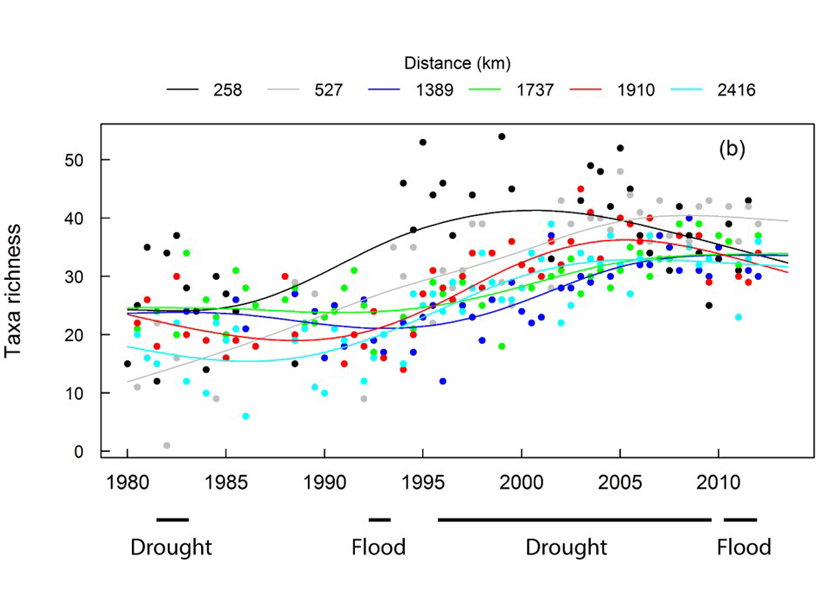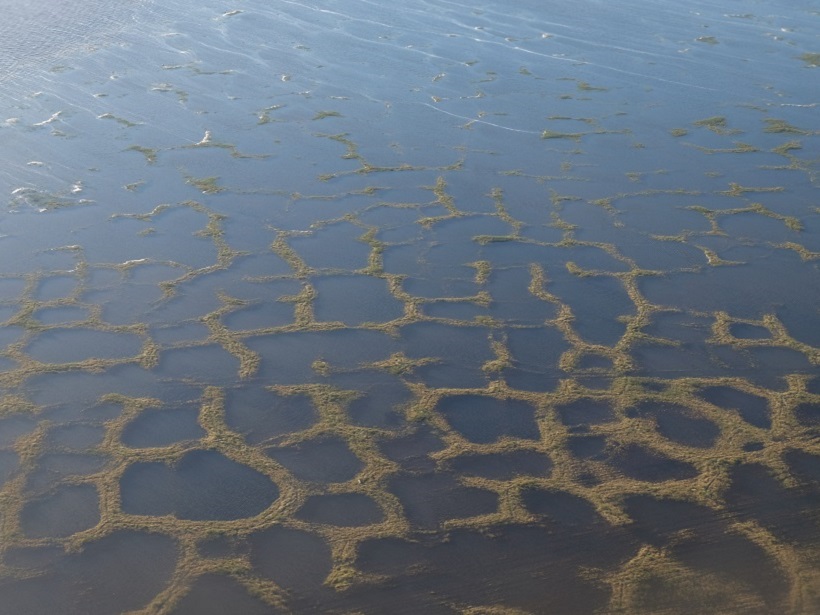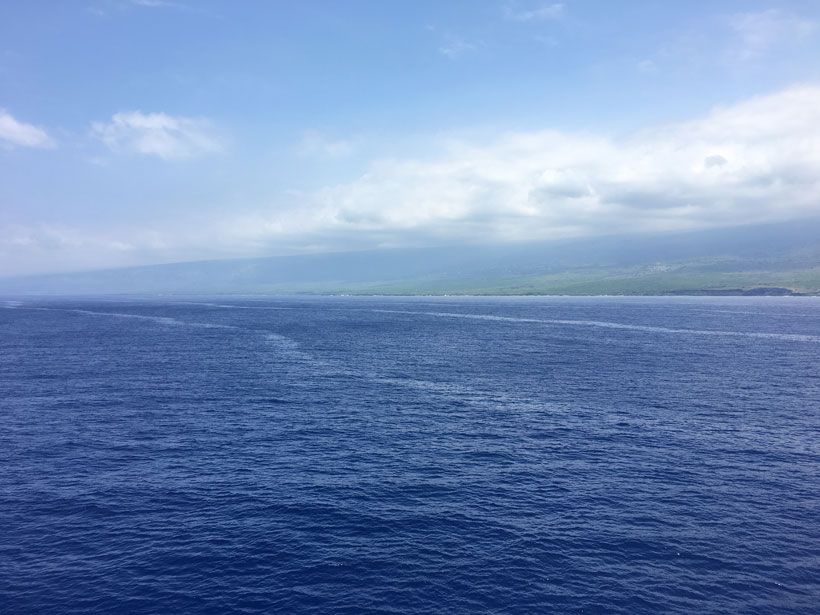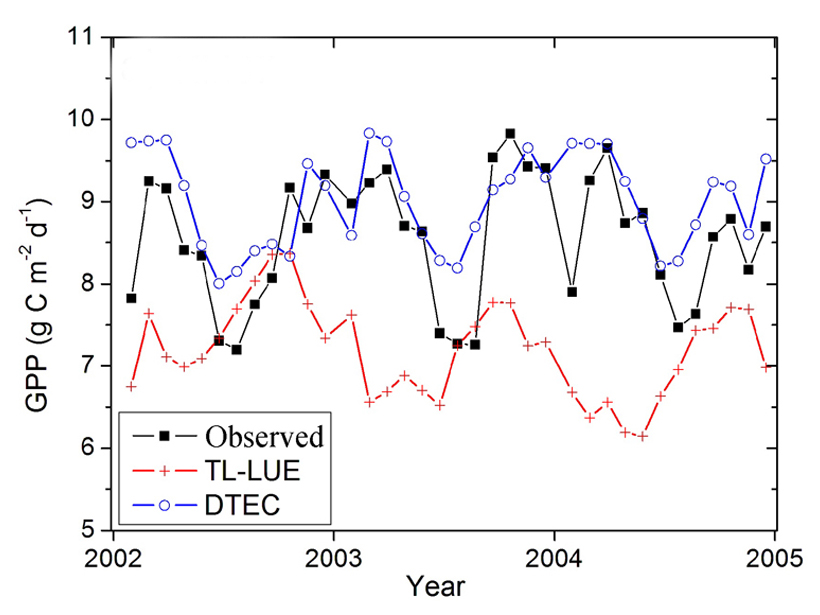Advances in technology and modeling capabilities are driving a surge in progress in our understanding of how ocean ecosystems mix and mingle on medium to small scales.
biogeosciences
Reichstein Receives 2018 Piers J. Sellers Global Environmental Change Mid-Career Award
Markus Reichstein will receive the 2018 Piers J. Sellers Global Environmental Change Mid-Career Award at AGU’s Fall Meeting 2018, to be held 10–14 December in Washington, D. C. The award recognizes a scientist or team of midcareer scientists “for outstanding contributions in research, educational, or societal impacts in the area of global environmental change, especially through interdisciplinary approaches.”
Long-term Dataset Reveals How Management Affects River Biology
River systems are affected by societies against a backdrop of climate change. A new dataset reveals how these forces affect river flow, chemistry, and the biological health of the river.
Scientists Discover an Environment on the Cusp of Habitability
A volcanically heated Costa Rican lake hosts only one type of organism, suggesting that its Mars-like environment is just barely capable of supporting life.
Methane, Climate Change, and Our Uncertain Future
Methane is generally considered secondary to carbon dioxide in its importance to climate change, but what role might methane play in the future if global temperatures continue to rise?
Rocks with Soft-Tissue Fossils Share a Mineral Fingerprint
Discovering new resting places of these rare and information-rich fossils will be critical to understanding the largest expansion of life in Earth’s history, according to researchers.
What Would Earth Be Like Without Life?
Workshop on a Cosmic Perspective of Earth: A Planet Permeated and Shaped by Life—Implications for Astrobiology; Tokyo, Japan, 13–15 September 2017
Calm Waters off Hawaii Harbor a “Nursery” of Sea Life
Ocean slicks—naturally occurring bands of smooth water—are home to an astounding diversity of fish larvae and other marine life, researchers show.
Improved Simulation of Gross Primary Productivity
A new model better explains seasonal variations in biomass.
How Will Climate Change Affect the United States in Decades to Come?
A new U.S. government report shows that climate is changing and that human activities will lead to many more changes. These changes will affect sea levels, drought frequency, severe precipitation, and more.

